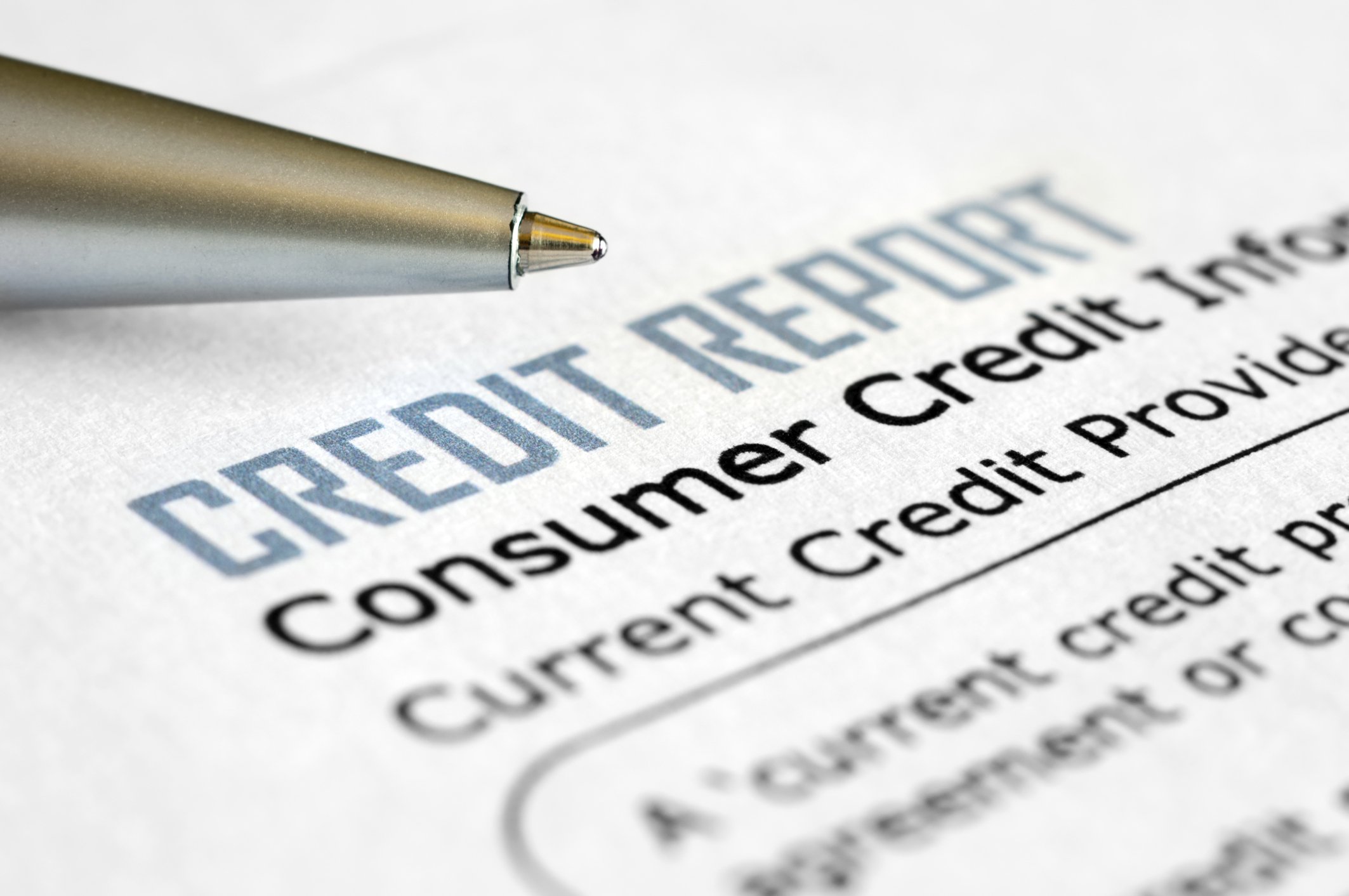
If you’ve always maintained a strong payment history with your cellphone and cable bills and want a little credit for it, you may be in luck. Credit-scoring giant FICO just announced a new scoring model designed to give credit scores based on people’s payment history with their phone, utilities and other bills.
LexisNexis Risk Solutions and Equifax introduced the FICO Score XD to help lenders assess consumers who may not have a traditional credit history but have a strong record of paying non-credit accounts — things that are not in traditional credit scores. In the credit reporting and scoring industry, these people are called “credit invisibles,” and alternative credit scores like the FICO Score XD aim to make them visible to potential lenders.
For consumers who may be struggling to successfully achieve financing for a car, a house or personal loan, because of their lack of traditional credit history, FICO Score XD uses alternative data to determine if they are creditworthy. This data tool evaluates phone, cable, utility payments and public records to generate scores on the same 300 to 850 scale used for standard FICO scores. (You can see what’s considered a good credit score on that scale here.) The alternative payment history on cable, cellphones and utilities is sourced from National Consumer Telecom & Utilities Exchange.
“Alternative data is a critical component and really a driver of financial inclusion,” said Ankush Tewari, senior director, Credit Risk Decisioning at LexisNexis Risk Solutions. “Banks and other lenders are able to expand their addressable market and grow their businesses by leveraging scores that are built on models utilizing alternative data.”
FICO isn’t the only one experimenting with alternative credit scores, and it remains unclear how many lenders will actually use FICO Score XD when evaluating credit applicants. There are dozens of companies with their own credit-scoring formulas, and these companies often have more than one scoring model (FICO alone has more than 50 FICO credit score formulas). That can make it difficult for consumers to understand their credit scores, because every score is different.
The good news is there are many ways to see your credit scores for free — you can get two free credit scores every month on Credit.com — but it’s important you don’t compare different scores to each other. The scales may be different (the FICO Score XD, for example, ranges from 300 to 850, but not all scores do), and the data and math driving the scores may be different, too. By tracking a specific credit score over time, you’ll see how your financial behaviors like payment history affect your credit.
If you don’t want to rely on the possibility of a lender using an alternative credit score in order to get credit, you may want to consider trying to establish credit with a secured credit card or a credit-builder loan.
Staying on top of your bills and keeping your finances under control are imperative to financial empowerment. You can view your credit score free of charge before applying for credit, an advisable measure. And be sure you know the basics when it comes to how your credit score is calculated.
This article originally appeared on Credit.com and was written by James LaDue.










